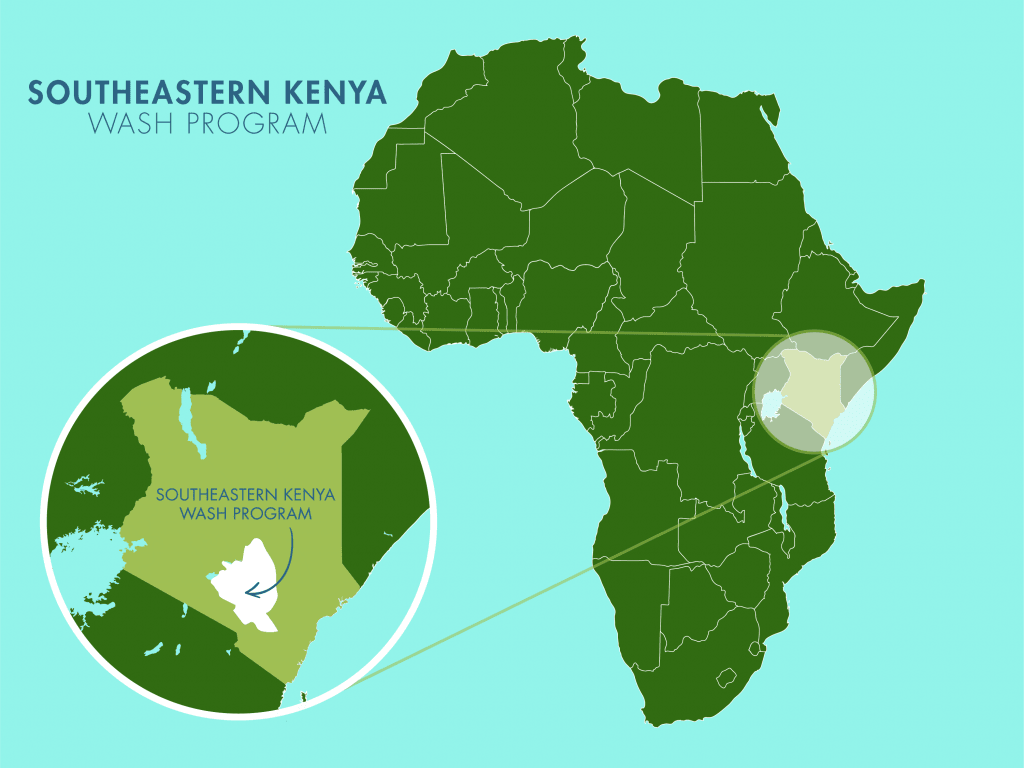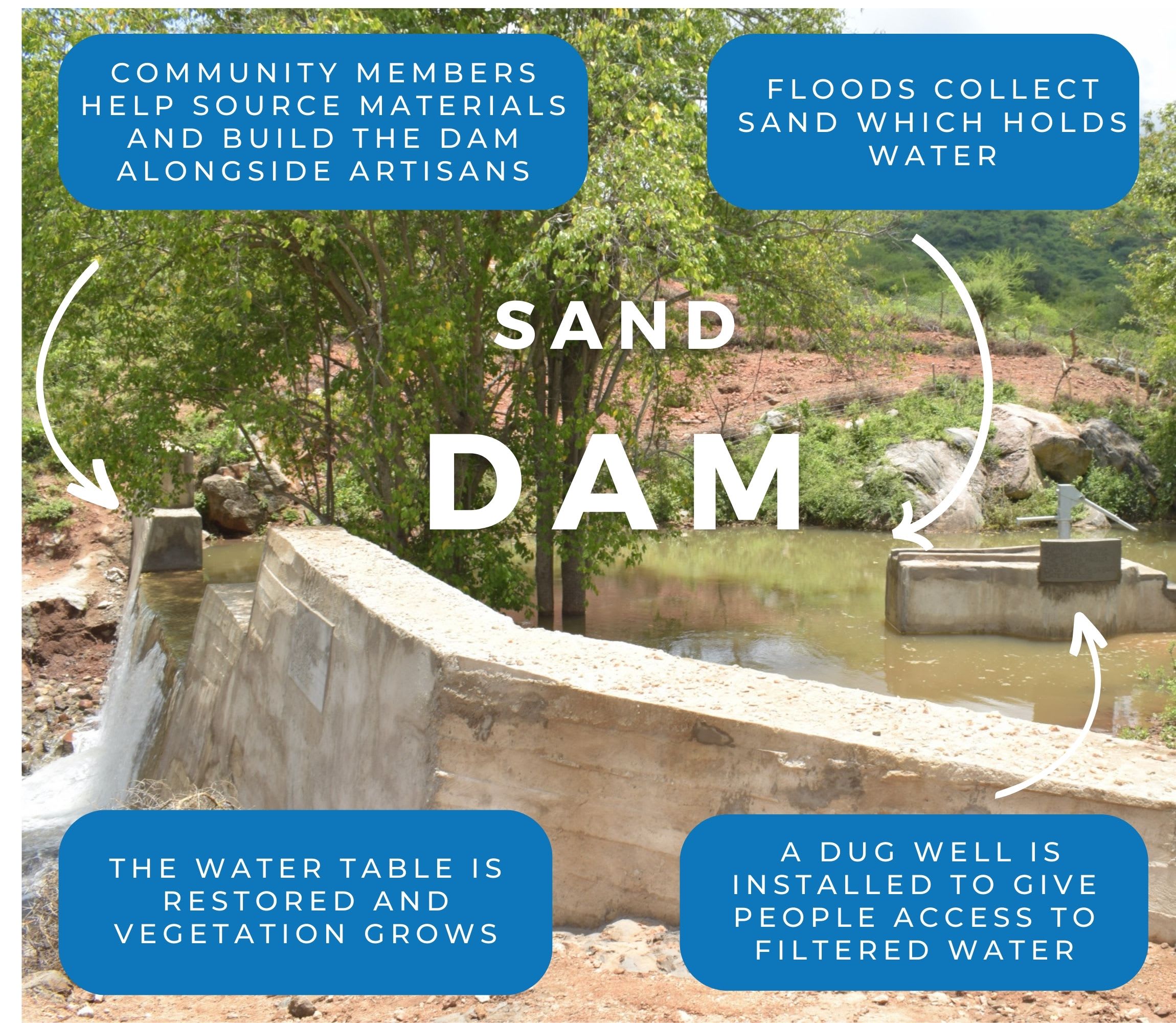In the hot, dry area around the Lenza Community, there is no nearby water source for the 700 people who live there. Water scarcity has long defined the rhythm of daily life. Residents brave the scorching sun to reach distant water sources — but the trip, which takes hours, leaves little time for farming, school, or household responsibilities.
The only available water sources — a protected shallow well and an unprotected dug well — are difficult to access and inadequate to meet the community’s needs. Worse still, water from the unprotected source is frequently contaminated with animal waste and debris, leading to outbreaks of typhoid and amoebiasis.

The faraway, unprotected dug well.
Like most children, 16-year-old Ngandi would rather spend his day with my friends, studying, or helping his parents with chores, but instead, he spends at least two hours a day collecting water from distant water sources. It is an exhausting and defeating task.
"Fetching water takes a lot of time and energy because the water sources are located several kilometers away. We do not have enough water because this area is mostly dry throughout the year, which leads to [the] overcrowding of the available sources. It is discouraging, but this is our home, and I have to bear with the situation like everyone else," lamented Ngandi.

"I feel angry about the situation and tired because of the long journey involved. However, I have to help my parents because they also get tired from this daily routine of fetching water," he continued.
Ngandi has hopes for the future, but without access to a nearby, reliable, safe water source, his dreams feel distant and unattainable. With his time consumed by collecting water and his health compromised by the consequences of drinking the water, his future is in jeopardy.

Ngandi scoops water to take home.
"I spend most of [my] time during weekends, evenings, or holidays fetching water instead of reading or discussing lessons with my friends. I get tired from fetching water every evening, which makes focusing in class challenging. Sometimes I get sick and I cannot go to school or miss exams," Ngandi exclaimed.
Installing a local sand dam will ensure that, as Ngandi enters adulthood, his future will be built on clean access.
Solving the water crisis in this community will require a multifaceted system that will work together to create a sustainable water source that will serve this community for years to come.
Steps Toward a Solution
Our technical experts worked with the local community to identify the most effective solution to their water crisis. Together, they decided to construct a sand dam and a protected dug well.
Sand Dam
Sand dams are sought-after, climate-smart, and lasting water solutions providing hope and resilience to communities in arid Southeastern Kenya. Think of them like giant sandboxes constructed in seasonal rivers that would typically quickly dry up after the rainy season. Instead of holding water like traditional dams, they collect sand and silt.
When infrequent rains do come, these dams catch a percentage of the river's flow, letting most of the water continue downstream to other communities. But here's the magic: the sand they collect acts like a natural filter, holding onto water long after the river's gone dry. Then, wells are constructed nearby, creating a reliable water source even during the driest times.
And the benefits don't stop there! In communities impacted by climate change, sand dams replenish groundwater and prevent soil erosion. Even during severe droughts, the consistent water supply from these sand dams allows farmers to thrive, giving way for enough food not only for their families but also to sell in local markets.
The most remarkable aspect of sand dams is how they involve the local community every step of the way, giving them a sense of ownership and pride in solving their own water shortage and managing their own water resources.
This sand dam will be connected to a protected dug well to make the water more accessible.
Community Education & Ownership
Hygiene and sanitation training are integral to our water projects. Training is tailored to each community's specific needs and includes key topics such as proper water handling, improved hygiene practices, disease transmission prevention, and care of the new water point. Safe water and improved hygiene habits foster a healthier future for everyone in the community.
Encouraged and supported by our team's guidance, the community elects a water user committee representative of its diverse members. This committee assumes responsibility for maintaining the water point, organizing community efforts, and gathering fees to ensure its upkeep.

 Sand Dam
Sand Dam
 Rehabilitation Project
Rehabilitation Project


















